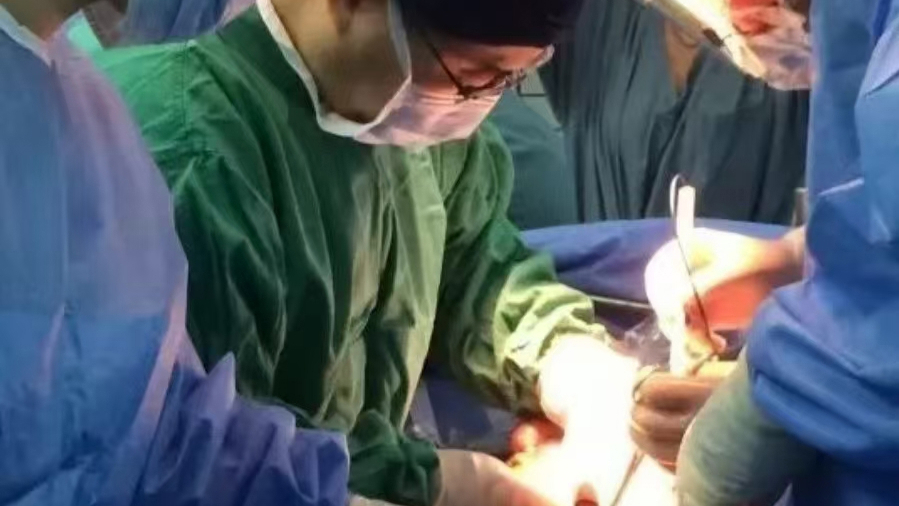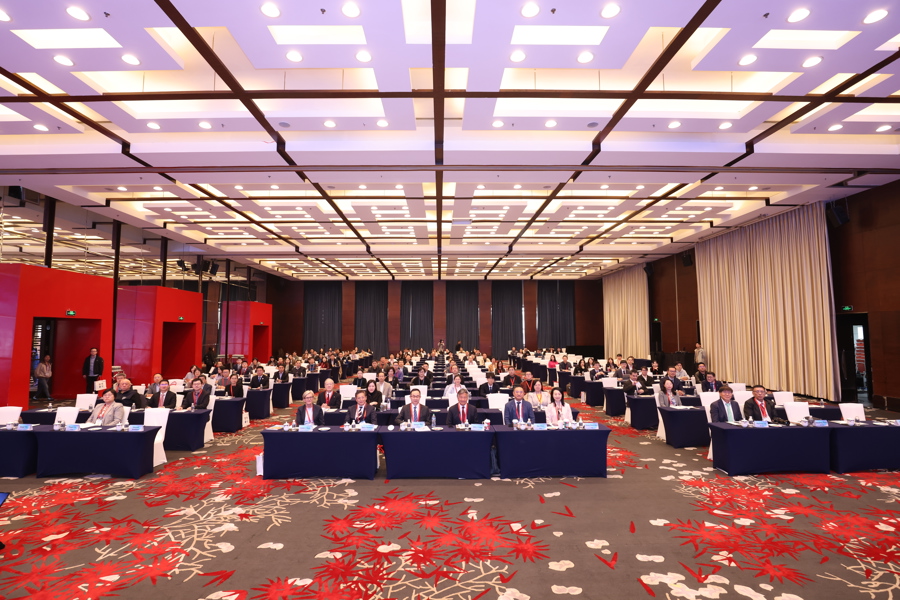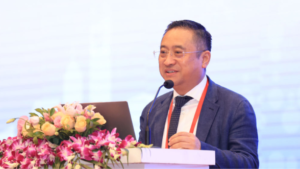
Published:2024-11-22 18:32
The existing organ donation and distribution system needs to be further improved to ensure fairness, transparency and efficiency.

Today, the Asian Organ Transplantation Symposium (TSS) organized by Sun Yat-sen hospital affiliated to Fudan University broke the news: according to the China Organ Transplantation Development Report (2021) , the organ donation rate in our country is 3.73 per million people, there is still a gap compared with the international advanced level. Experts at the meeting called for further improvement of the mechanism and system, innovation of medical technology, and balanced distribution of high-quality medical resources to improve the level of organ transplantation. The 13th Vice Chairman of the Standing Committee of the National People’s Congress, Chen Zhu, sent a video message to the conference.
Human organ transplantation is a key medical technology to save critical patients, which is of great significance to the development of national medicine and social progress. Since our country started the pilot of organ donation in 2010, remarkable achievements have been made in system design, social mobilization and standard process, and a sound working system has been established, both the quantity and quality of organ donation and transplantation have been improved.
As the first approved comprehensive National Medical Center Construction Project Unit, Zhongshan Hospital is one of the few comprehensive hospitals qualified for heart, liver, kidney and pancreas transplantation in our country, in the field of organ transplantation led many technological innovations, completed the first relative kidney transplantation of children with Denys-Drash syndrome in China, the first sequential heart, liver and kidney transplantation in Asia, the first combined heart-liver transplantation in Asia, the world’s first“Relative liver + abandoned liver” double donor liver transplantation, the world’s first abandoned liver transplantation combined ALPPS, etc. .
Zhou Jian, head of Zhongshan’s Hospital, said that while our country had made significant progress in organ transplantation, it still faced a serious shortage of organs. This requires further improvement of the existing organ donation and distribution system to ensure fair, transparent and efficient operation, while technological innovation also plays an indispensable role. For example, by using advanced medical technology and methods, Zhongshan Hospital has implemented the world’s first“Abandoned liver” liver transplantation combined with ALPSS, which can effectively expand the source of donors and improve the success rate of surgery, so as to alleviate the current tension between supply and demand.
In addition to the problem of organ source, transplant patients also face the hidden dangers of immunosuppression. Patients must continue to take immunosuppressants to prevent rejection, but they also weaken their resistance to outside pathogens. In response, KE Zhutongyu, vice-president of the Fudan University Shanghai Medical College, and professor of kidney transplantation at Sun Yat-sen hospital, and his team first proposed at the meeting“An innovative diagnosis and treatment model for severe and special infections in organ transplantation.”. The model includes developing new diagnostic systems to accurately diagnose pathogens, using phages to treat refractory bacterial infections after transplantation, and developing BK virus vaccines to prevent viral infections, he said, to improve the ability of patients to fight against common infections and effectively prevent the occurrence of rare infections. To study or provide new ideas and methods for optimizing the nursing after organ transplantation in the future.
Hundreds of authoritative experts and scholars in the field of transplantation at home and abroad attended the conference, and carried out in-depth discussions on key scientific topics such as scientific research innovation, organ injury and repair, clinical immune tolerance, and infection after organ transplantation.

Reprinting of this article without official authorization is strictly prohibited, and infringement will be prosecuted


